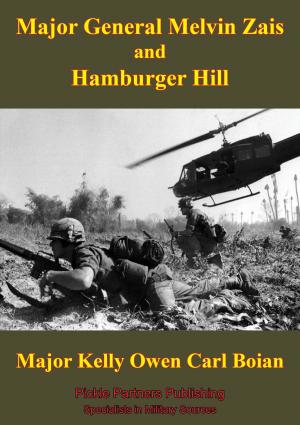Strategic Analysis Of U.S. Special Operations During The Korean Conflict
Nonfiction, History, Asian, Korean War, Military, India| Author: | Major Steve A. Fondacaro | ISBN: | 9781782899624 |
| Publisher: | Normanby Press | Publication: | November 6, 2015 |
| Imprint: | Normanby Press | Language: | English |
| Author: | Major Steve A. Fondacaro |
| ISBN: | 9781782899624 |
| Publisher: | Normanby Press |
| Publication: | November 6, 2015 |
| Imprint: | Normanby Press |
| Language: | English |
This study analyzes the strategic effectiveness of special operations conducted by the Far East Command (FECOM) and the Central Intelligence Agency (CIA) in Korea during the Korean Conflict from 1950 to 1953. Each organization’s effectiveness is determined by examining the areas of strategy, organization and operations. Special operations as defined in Joint Chiefs of Staff Publication Number 2, Unified Action Armed Forces (UNAAF) was the standard by which operations were selected for examination. The study answers four questions: 1) What were the U.N. Command strategic objectives within the Korean theater, and how did these change? , 2) How these changing strategic objectives development and coordination of special operations objectives, forces and headquarters?, 3) What did U.S. special operations in Korea accomplish strategically? 4) What conclusions can be drawn from U.S. special operations forces’ effectiveness or ineffectiveness in Korea?
FECOM special operations were limited to partisan operations and psychological operations. The partisans consisted of anti-communist North Koreans organized and led by U.S. cadre beginning in January, 1951. Psychological operations were conducted continuously from July, 1950 by a separate staff element whose capabilities expanded dramatically during the course of the conflict. CIA operations within Korea consisted of intelligence gathering and special (or covert) activities controlled from headquarters in Japan. CIA operations remained autonomous of FECOM control throughout the conflict. The control issue was the source of bureaucratic conflict that inhibited operational coordination between FECOM and CIA throughout the conflict.
This study analyzes the strategic effectiveness of special operations conducted by the Far East Command (FECOM) and the Central Intelligence Agency (CIA) in Korea during the Korean Conflict from 1950 to 1953. Each organization’s effectiveness is determined by examining the areas of strategy, organization and operations. Special operations as defined in Joint Chiefs of Staff Publication Number 2, Unified Action Armed Forces (UNAAF) was the standard by which operations were selected for examination. The study answers four questions: 1) What were the U.N. Command strategic objectives within the Korean theater, and how did these change? , 2) How these changing strategic objectives development and coordination of special operations objectives, forces and headquarters?, 3) What did U.S. special operations in Korea accomplish strategically? 4) What conclusions can be drawn from U.S. special operations forces’ effectiveness or ineffectiveness in Korea?
FECOM special operations were limited to partisan operations and psychological operations. The partisans consisted of anti-communist North Koreans organized and led by U.S. cadre beginning in January, 1951. Psychological operations were conducted continuously from July, 1950 by a separate staff element whose capabilities expanded dramatically during the course of the conflict. CIA operations within Korea consisted of intelligence gathering and special (or covert) activities controlled from headquarters in Japan. CIA operations remained autonomous of FECOM control throughout the conflict. The control issue was the source of bureaucratic conflict that inhibited operational coordination between FECOM and CIA throughout the conflict.
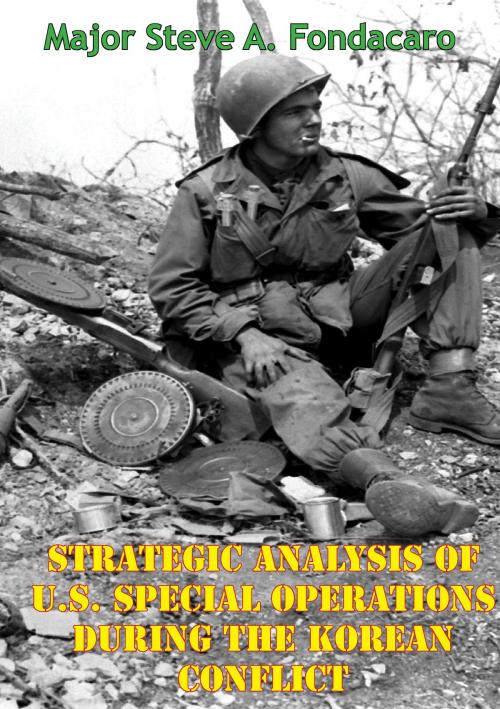
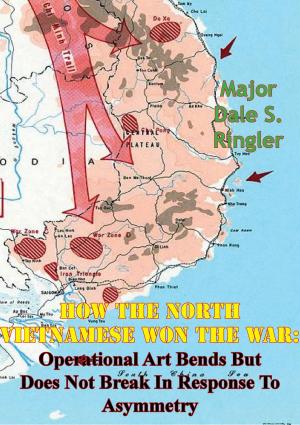

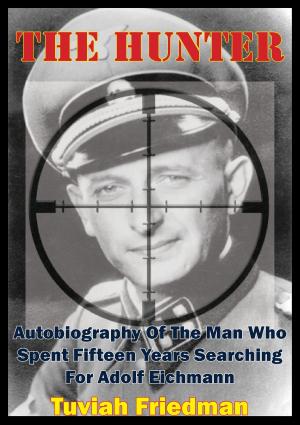
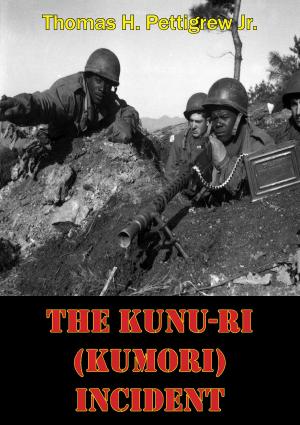
![Cover of the book Deeds That Won The Empire: Historic Battle Scenes [Illustrated Edition] by Major Steve A. Fondacaro](https://www.kuoky.com/images/2015/november/300x300/9781786255297-oUAA_300x.jpg)

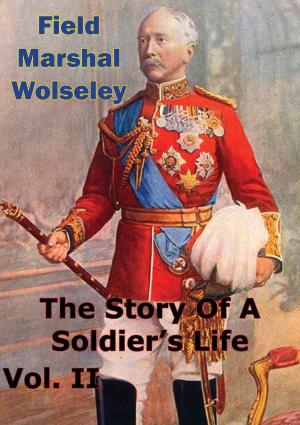
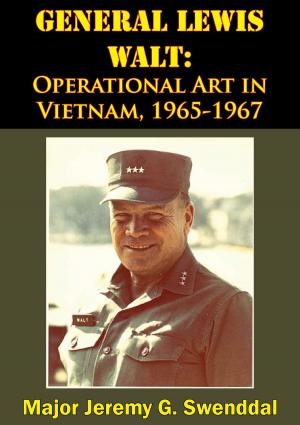
![Cover of the book Vietnam Studies - The Role Of Military Intelligence 1965-1967 [Illustrated Edition] by Major Steve A. Fondacaro](https://www.kuoky.com/images/2014/august/300x300/9781782893653-nfqG_300x.jpg)
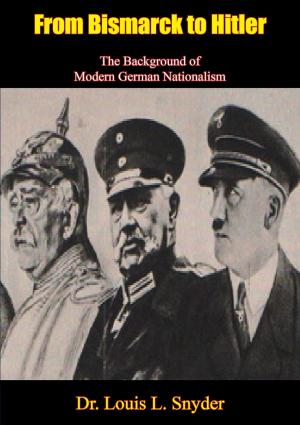

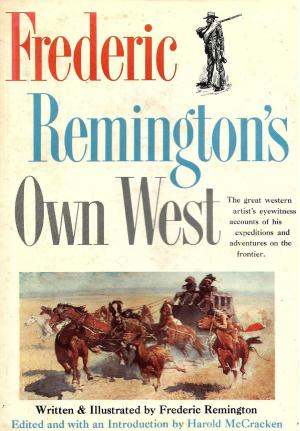
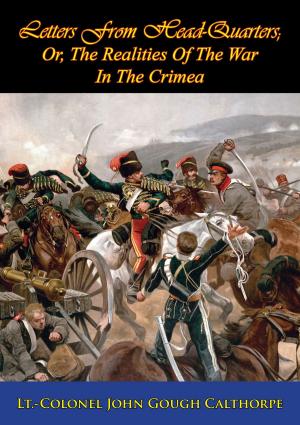
![Cover of the book The History of the French Revolution Vol I [Illustrated Edition] by Major Steve A. Fondacaro](https://www.kuoky.com/images/2016/november/300x300/9781787202801-U1vl_300x.jpg)
